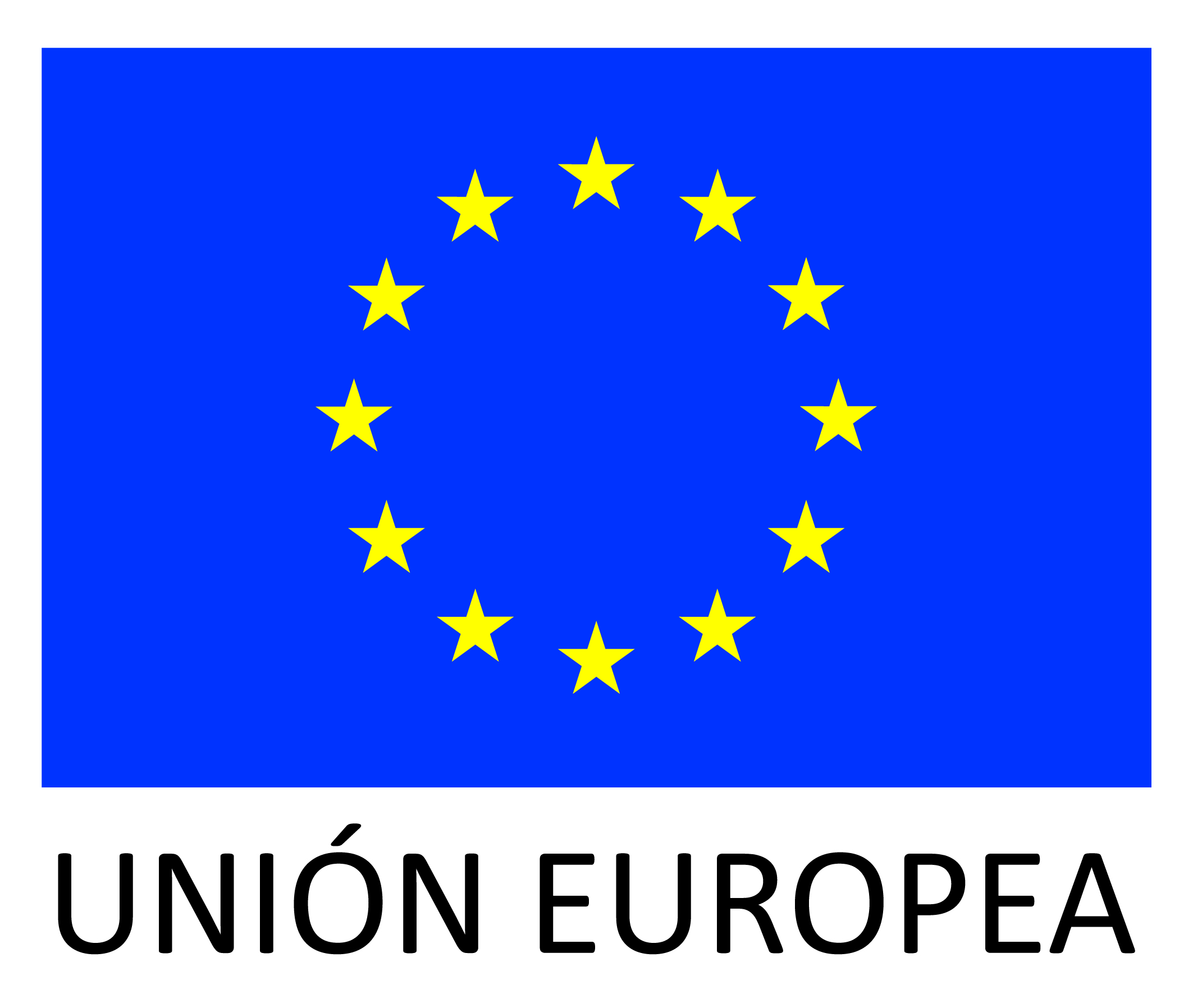To gain admission to a university degree, students must match or exceed the cut-off scores set by different universities based on various criteria. The 2025 Cut Off Mark of University in Catalonia determine the minimum admission scores required for Catalan universities. Students must surpass these scores by adding their final high school grade to the results of the 2025 Selectivity exams. In this article, we provide a comprehensive guide to cut-off scores, explaining what they are, the factors that influence them and their significance.

What are cut-off scores?
The cut-off score for a specific degree is the lowest grade accepted for enrollment. Each university offers a limited number of spots per degree. During the pre-enrollment process, universities accept candidates in descending order, starting with those who have the highest admission scores. The last student admitted (who takes the final available spot) sets the cut-off score for that particular degree and university.
Therefore, students planning to enter university in the next academic year should check the 2025 cut-off scores in Catalonia for both their desired degree and university to assess their chances of acceptance.
Importance of the 2025 cut-off scores in Catalonia
The 2025 cut-off scores in Catalonia are crucial as they help future students understand the required admission grades for their chosen degree and university. These scores are based on the previous year’s results, meaning they may change. Typically, cut-off scores fluctuate slightly from year to year, except when there is high demand for a particular degree or if students achieve higher average scores in the entrance exams.

Key Factors About the 2025 Cut-off Scores in Catalonia
Cut-off scores are part of the admission process for public universities in Catalonia, so it is essential for students to understand how they work and what factors can influence them:
- Cut-off scores apply only to public universities. Private universities do not have cut-off scores, as they use other admission criteria, such as their own entrance exams or interviews.
- Cut-off scores change every year. Generally, they fluctuate by only a few tenths of a point, either up or down. However, if a degree becomes highly popular or the average scores of applicants increase significantly, the cut-off score may change more drastically.
- A high cut-off score does not mean the degree is more difficult. The cut-off score reflects the number of available spots for a degree program at a university and depends on the number of applications received.
- Many university degrees have a cut-off score of 5. This happens when there are not enough applications to fill all the available spots.
- Cut-off scores are only a reference. At Unihabit, we recommend prioritizing the degree you want to study and the university of your choice. However, consider alternative options and rank them based on your preferences. If your desired degree has a high cut-off score and you don’t meet the requirement, explore other pathways to reach your goal.
Cut-off Scores 2025 Catalonia: Which Degrees Have the Highest Scores?
Below is a brief list of the highest cut-off scores from the previous academic year. To match or exceed these admission scores, students must combine their final high school grades with their Selectivity 2025 exam scores.
In Catalonia, the degree with the highest cut-off score is the Dual Degree in Physics and Mathematics at the Autonomous University of Barcelona (UB), with a 13.111 out of 14. This is followed by the Mathematics Degree at the Polytechnic University of Catalonia, which has a 12.816 out of 14.
Next on the list is the Dual Degree in Computer Engineering and Mathematics at the University of Barcelona with a 12.664, Medicine at Pompeu Fabra University (UPF) with a 12.656, and Medicine at the University of Barcelona with a 12.650. Other high-scoring degrees include International Business and Economics Studies with a 12.470, Biomedical Engineering at the University of Barcelona with a 12.454, and at Pompeu Fabra University with a 12.170. Data Science and Engineering follow with 12.314 and Physics Engineering at the Polytechnic University of Catalonia (UPC) with 12.309.
These were the highest cut-off scores set in the previous academic year, in 2024. Below, Unihabit has prepared a list of other degrees with high cut-off scores in Catalonia:
- Physics and Mathematics (UB): 13.864
- Philosophy, Politics, and Economics (UPF): 12.260
- Biomedical Sciences (UAB): 12.207 – (UB): 12.392
- Aerospace Vehicle Engineering (UPC): 12.558
- Law and International Relations (UAB): 11.740
- Law, Business Administration, and Economics (UPF): 12.224
- Audiovisual Communication (UPF): 11.412
- Dual Degree in Biochemistry and Molecular Biology & Biotechnology (URV): 11.903
- Dual Degree in Business Administration and Mathematics (UB): 11.763
- Physics (UB): 11.686
- Dual Degree in Pharmacy and Human Nutrition & Dietetics (UB): 11.042
- Human Biology (UPF): 11.780
- Biotechnology (UB): 11.754
- Biochemistry (UB): 11.464
- Dual Degree in Biology and Biotechnology (UdG): 11.190
- International Business (UB): 11.662
- Dual Degree in Early Childhood and Primary Education (UAB): 11.260
- Business Administration and Management (UPF): 11.250
- Dual Degree in Business Administration and Law (UB): 11.186
- Dual Degree in Animal Science & Production and Veterinary Medicine (UdL): 11.133

Most in-demand university degrees in Catalonia
It is also important to highlight the most requested degrees as the first choice by students in the last year and the degrees with the most job opportunities. The most requested degrees in Barcelona have been:
- Medicine
- Business Administration and Management (ADE)
- Psychology
- Dentistry
- Law
- Nursing
- Architecture
- Information and Communication Technologies
Now that you have a clear understanding of the 2025 access requirements in Catalonia, it’s time to start deciding on the university degree and the university you want to attend. Once decided, it’s also important to consider accommodation. Choosing the Unihabit student residences will be the best option to start your university life!
Now that you have everything you need to know about the 2025 entrance exams in Catalonia, it is time to start deciding on the university degree and the university you wish to enter. Once you have decided, it is also important that you take into account the accommodation: choosing the Unihabit residence halls will be the best option to start your university life!





